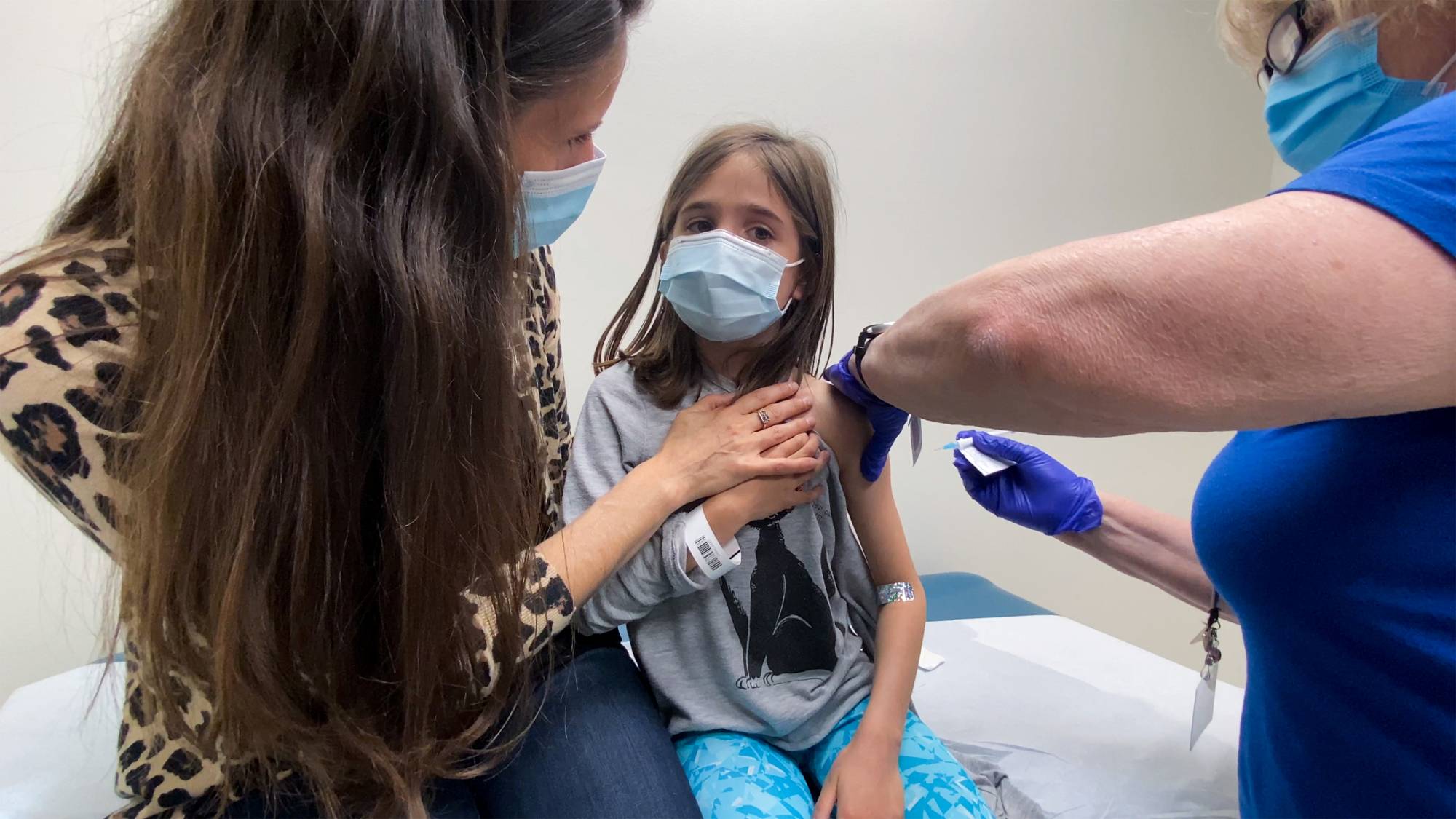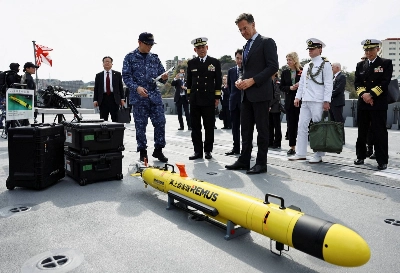The pediatrician told Melissa Zajacz of Medina, Ohio, that her 13-year-old son, Spencer, would be back to school in two weeks after he was diagnosed with COVID-19. Then came more trips to the doctor, fevers over 40 degrees Celsius and two visits to the Cleveland Clinic emergency room.
Spencer’s case, involving the B.1.1.7. variant, has kept him mostly bedridden and suffering headaches and swollen ankles since March 17. "There is no cure, so they offer support care,” said Melissa Zajacz. "He hasn’t been to school in a month. He’s a healthy, athletic kid, and he’s miserable.”
Throughout previous waves of COVID-19, children and young adults eluded the pandemic’s gravest consequences, exhibiting mild symptoms or none at all. Now faster-spreading variants are sending more to the hospital. Fatalities remain low, but doctors say the virus is now making the young sicker, some gravely.

















With your current subscription plan you can comment on stories. However, before writing your first comment, please create a display name in the Profile section of your subscriber account page.